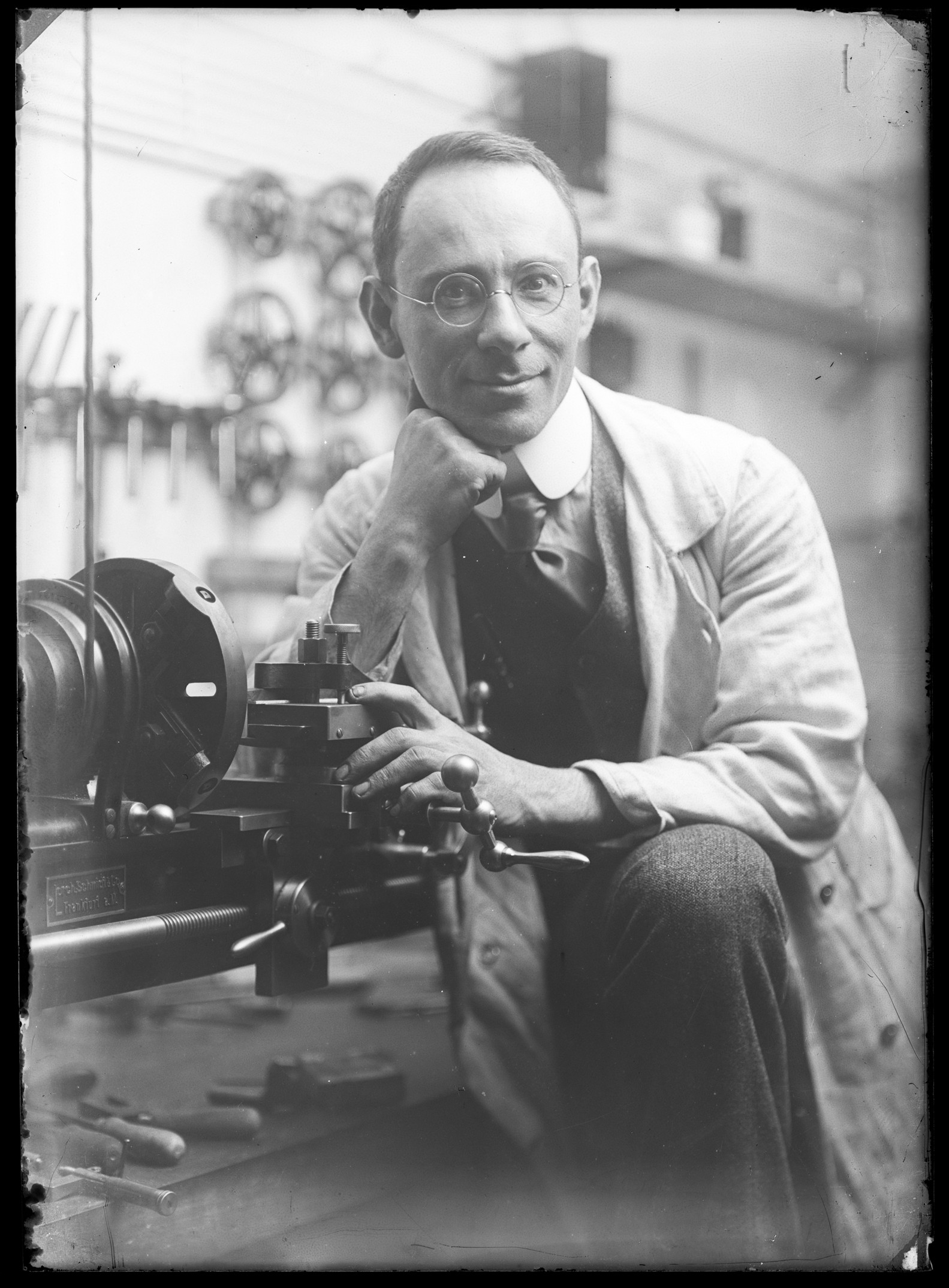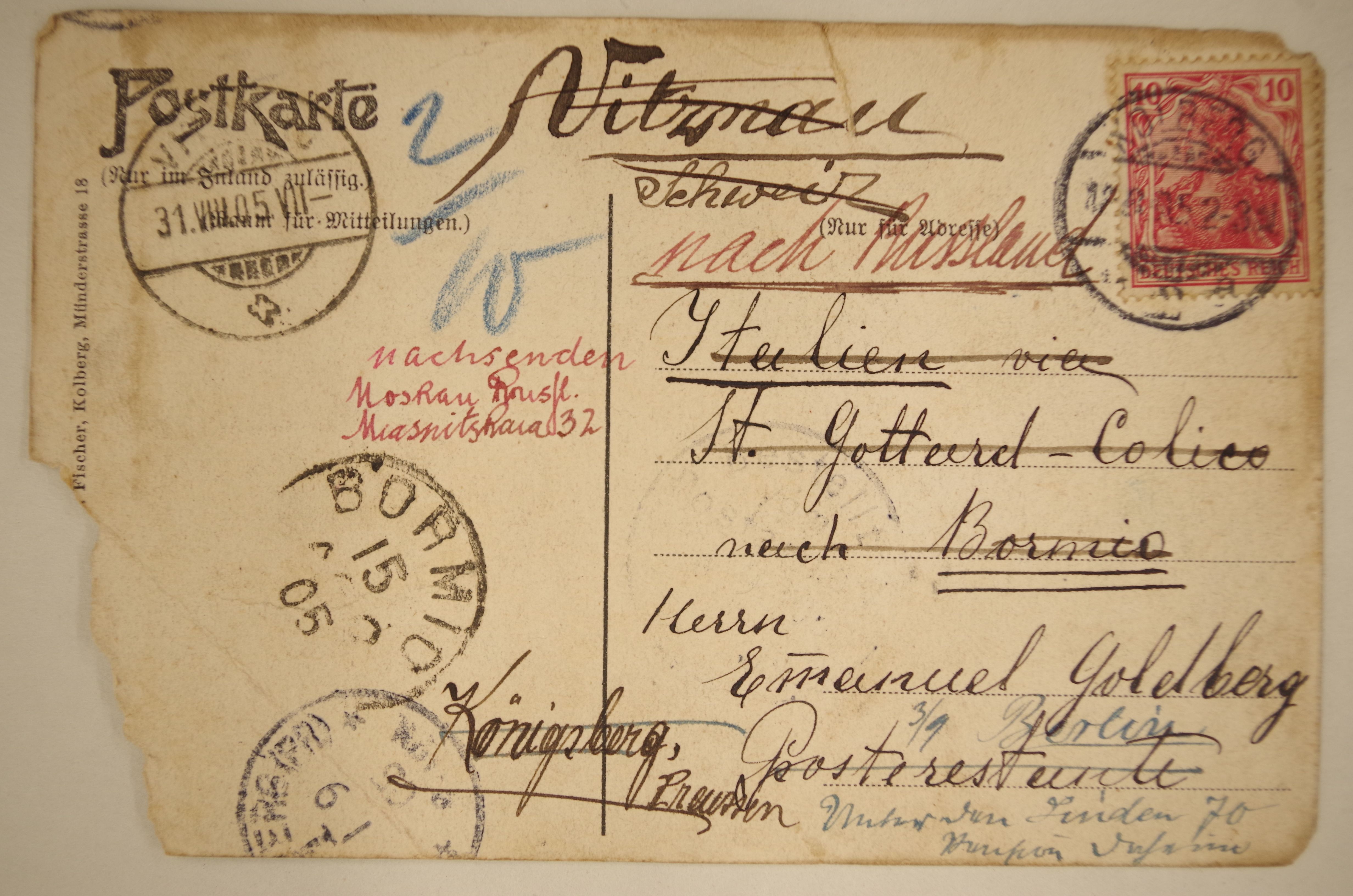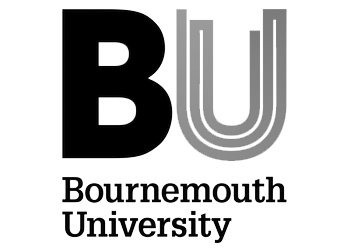The biography of Emanuel Goldberg (1881 Moscow – Tel Aviv 1970) links the early days of research into photographic imaging technology with the heyday of camera manufacturing in Dresden at the beginning of the 20th century. Goldberg was initially awarded one of the first German professorships for photographic technology and was later appointed head of the largest European company in the photography and cinema industry at the time. Goldberg's research and inventions made it easier for photography and film to become mass media and paved the way for technical images to enter the world of science. After Goldberg was driven into emigration in 1933, however, his name largely disappeared from scientific and industrial history, and his work as a scientist and manager and his visionary thinking as a pioneer of image technology remained largely unknown until the recent past.
In 2015, the Technische Sammlungen Dresden succeeded in acquiring Emanuel Goldberg's estate, which was kept by his daughter living in Tel Aviv. In a two-year collaboration with the Academy of Visual Arts in Leipzig (HGB), the Technical University of Berlin and Bournemouth University (UK), hundreds of documents and photographs as well as the remains of Goldberg's experimental workshop were catalogued and made accessible to researchers. At the same time, a group from the HGB investigated Goldberg's research in the fields of densitometry and photomicrography by means of artistic-experimental archaeology. A study group at the TU Berlin realized a replica of Goldberg's most important, but unfortunately lost invention, the Statistical Machine of 1931, which can be regarded as the world's first search engine.




























